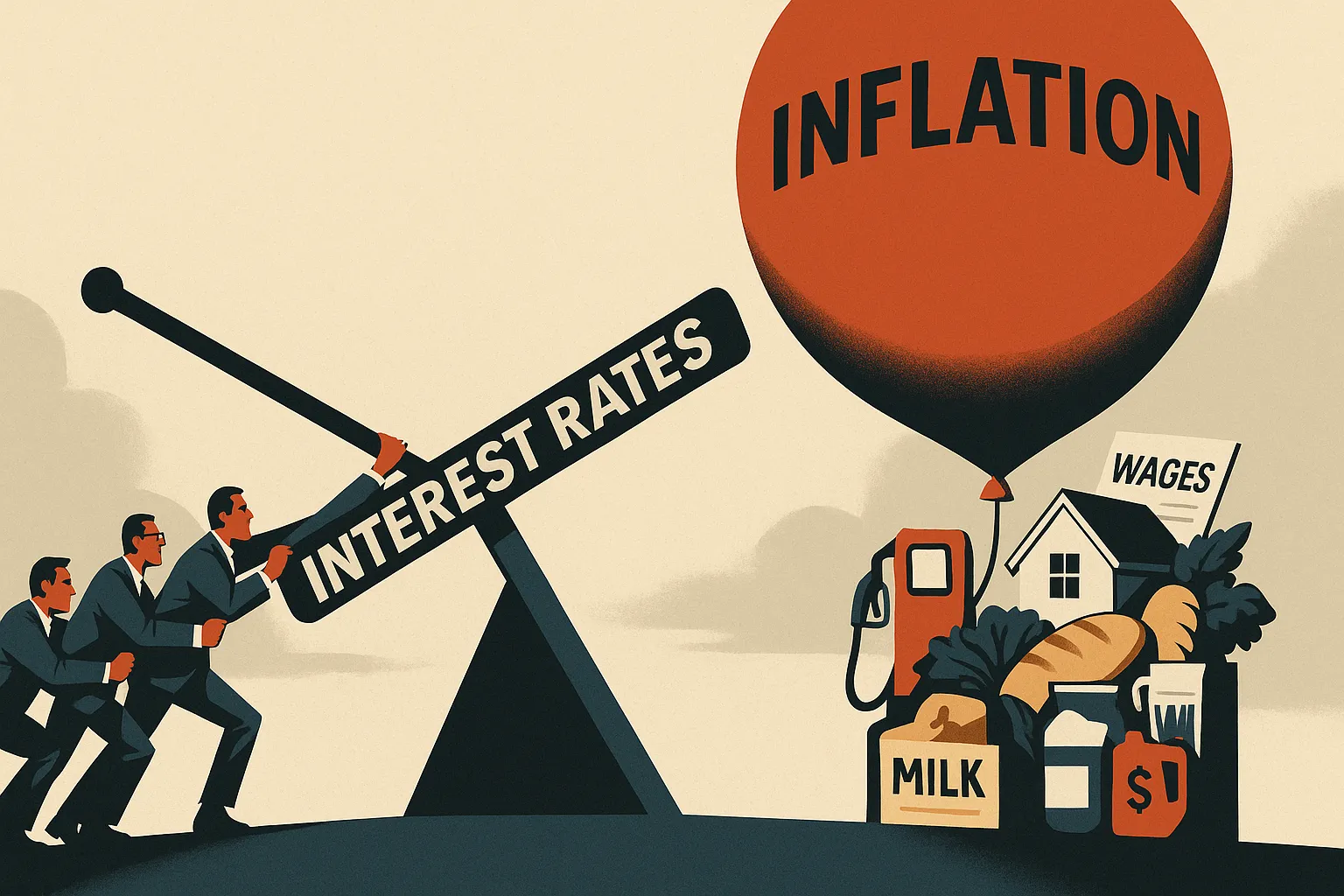Does Being Wealthy Equate to Unfair Tax Advantages?

There’s a widespread belief that the ultra-rich somehow avoid taxes altogether. But the reality is more nuanced—and largely structural. The U.S. tax code doesn’t just consider how much someone earns; it heavily favors how income is earned. Wealthy individuals often generate income from capital gains, asset-based strategies, and legal frameworks that aren’t accessible to most salaried workers.
Per the IRS, the top 1% of U.S. earners paid an average federal income tax rate of 26% in 2020. This article breaks down why certain high-net-worth individuals pay far lower effective tax rates—and how legal tax design, rather than outright avoidance, shapes the outcome.
Key Points
- Capital income is taxed less aggressively than wages, with long-term gains and dividends typically taxed at 15%–20% versus wages taxed up to 37%.
- Wealthy individuals often delay recognizing income or tap liquidity through borrowing, avoiding taxable events.
- Many upper-middle-class professionals may end up with higher effective rates than billionaires because their earnings come primarily from wages.
- These disparities raise persistent questions around tax equity, legal loopholes, and concentrated wealth.
Capital Gains: A Key Lever
One of the most impactful elements in the disparity between tax bills is how investment income is treated. Long-term capital gains—profits from assets held for over a year—and qualified dividends are subject to preferential tax rates: 0%, 15%, or 20%, depending on the taxpayer’s income. By contrast, traditional wages can be taxed up to 37%, not including payroll taxes.
- Hypothetical Example: A software executive with a $1 million salary could be taxed at the 37% bracket plus Medicare. Meanwhile, an investor who cashes out $1 million in appreciated stock—held long-term—might only pay 20%, or potentially less with tax strategies like harvesting losses.
In short, how money is made can significantly influence the final tax bill.
The Role of Deferred Income
Some of the wealthiest Americans rarely realize income the way most people do. Instead, they:
- Keep assets appreciating over time without selling
- Use those assets as collateral to borrow money—without triggering a taxable event
- Rely on the step-up in basis at death, which adjusts the asset’s tax basis to current market value for heirs
This legal framework supports a strategy often summarized as “buy, borrow, die” It allows wealth to grow virtually untouched for decades.
- Hypothetical Example: Consider a founder who owns $100 million in company shares. Instead of selling and paying $20 million in capital gains taxes, they borrow $5 million against those assets to fund personal expenses. The loan isn’t taxed, and the underlying stock continues to grow.
In contrast, a family earning $200,000–$300,000 annually pays taxes each paycheck, without access to the same asset-based deferrals.
Understanding Effective Tax Rates
Marginal tax brackets often dominate headlines, but effective tax rates—total taxes paid divided by total income—paint a different picture. From 2010 to 2018, the 400 wealthiest U.S. families paid an average effective federal income tax rate of 8.2%, according to the White House Council of Economic Advisers (CEA, 2021).
In comparison, the Tax Policy Center reported that married households with $200,000 to $500,000 in expanded cash income had an average effective federal tax rate of 22.3% in 2020. That figure includes income taxes, payroll contributions, estate, and excise taxes. For two-income households above $300,000, real effective rates can climb further, especially as payroll taxes (6.2% Social Security and 1.45% Medicare) and deduction limits stack up.
So, the gap in tax burden often comes down to income structure, not illegal evasion.
Policy Impact and Broader Consequences
This uneven tax treatment fuels broader policy and social questions:
- Wealth accumulation: Preferential tax treatment for capital reinforces wealth concentration over generations.
- Legislative focus: Proposals such as wealth taxes, mandatory minimum tax floors, or eliminating step-up in basis aim to rebalance the system.
- Public sentiment: When professionals pay higher rates than billionaires, many see the system as rigged—undermining institutional trust.
- Investor behavior: Some investors mirror these strategies on a smaller scale through tax-aware decisions like asset location or holding periods.
Some approaches investors might explore include:
- Favoring tax-deferred or tax-free accounts for certain asset types
- Planning around rebalancing periods to minimize capital gains
- Evaluating investments on an after-tax return basis, not just pre-tax projections
In other words, understanding income types—not just dollar amounts—can help inform smarter portfolio design and better clarity around policy debates.
Bottom Line: The System Prioritizes Ownership
At its core, the tax code structurally rewards those who hold appreciating assets—not necessarily those who earn consistent wages. That fundamental reality explains why stories about billionaire tax bills consistently provoke strong emotional and political reactions.
FAQs
Q: Do some wealthy people actually pay less tax than the middle class?
A: In some cases, yes. Because of lower capital gains rates and the ability to defer income, some high earners have lower effective tax rates than many salaried professionals.
Q: What is the difference between marginal and effective tax rate?
A: Marginal rate is what applies to the last dollar earned; effective rate is total tax paid as a percentage of total income.
Q: Is borrowing against assets to avoid taxes legal?
A: Yes. Since borrowing isn’t classified as income, it doesn’t create a taxable event.
Q: Are there proposals to close these tax gaps?
A: Yes. Several policy ideas have been floated, including taxing unrealized gains, removing step-up in basis, and setting minimum effective tax thresholds.
Q: Can regular investors use these strategies?
A: To some extent. Long-term asset holding, tax-efficient accounts, and strategic Roth conversions can reduce long-term tax drag for everyday investors.


